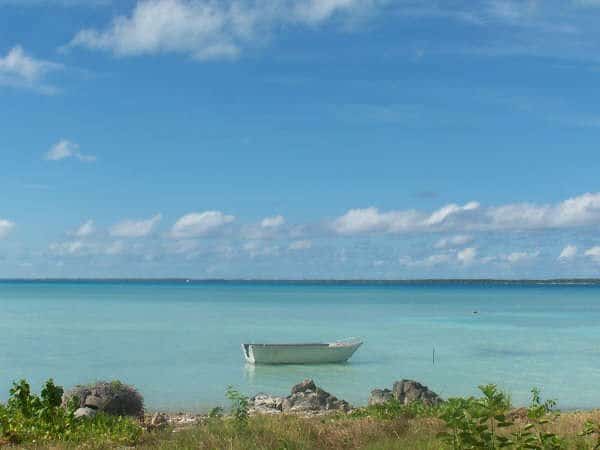Sands of time
It took nearly a century, but a stretch of beach that was taken long ago from a Black family under the guise of eminent domain is about to be returned.
In 1912, Willa and Charles Bruce bought a waterfront property in the Southern California city of Manhattan Beach for $1,225. They fashioned it as a resort for the area’s other Black families, who were barred from public beaches. But in 1924, amid complaints from the Bruces’ white neighbors, the city seized the property. The land was supposedly destined to become a public park, but for decades, no such park materialized, and the vacant land was transferred to the state in 1948.
Last week, 97 years after the property was taken, Governor Gavin Newsom signed legislation to begin the process of returning the parcel — now worth an estimated $75 million — to Willa and Charles’s heirs. The move is part of a broader effort by the state to correct historical racial injustices, led by the governor’s Task Force to Study and Develop Reparation Proposals for African Americans. At a press conference last week, Supervisor Janice Hanh said she hopes the land transfer provides a model other places can adopt: “Returning Bruce’s Beach can and should set a precedent for this nation, and I know that all eyes will be on Los Angeles County as this work gets underway.”
Read more at Black Voice News
Composter child
Chicago is one of the largest U.S. cities that converts its sewage system’s biosolids (that’s a more polite term for poop) into nourishing compost. For years, this compost was used only at large facilities like sports fields and golf courses. But in 2016, faced with a mountain of the stuff, Chicago started making it available to the public.
Weighed down by negative news?
Our smart, bright, weekly newsletter is the uplift you’ve been looking for.Today, anyone who wants some certified “solid gold” from the city’s pipes can show up with a bucket and a shovel to one of the Chicago area’s six sewage treatment plants. Need more than you can carry? Not a problem. Anyone who wants to can cart away enough to fill multiple dump trucks — in many cases, the city will even provide the trucks and deliver it at no cost. One local florist recently requested 21 truckloads, all of which are now feeding four acres of eight-foot-tall sunflowers at the company’s urban farm. “We ran the numbers,” said the florist. “It would have cost us like $7,000 or $8,000 if we were to buy it.”
The EPA mandates that only Class A, pathogen-free biosolids be used in compost, which means Chicago’s can be safely used to grow fruits and vegetables for human consumption. The program is similar to one in Tacoma, Washington, which has been dishing out biosolid compost for 30 years. “We started entering our flowers in the state fair, and we would win blue ribbons left and right,” said Daniel Thompson, manager of Tacoma’s wastewater operations.
Land ho!
Label this one “Do Not Misrepresent”: some low-lying islands are actually getting bigger.

By comparing current satellite imagery with aerial photos from World War 2, researchers have found that the islands of Micronesia and parts of Kiribati have increased in total area since the 1940s. The study covered 175 sparsely populated and uninhabited islands, comparing how each “shifted, stretched, rotated, and sometimes shrunk,” according to Hakai. What they found was that some islands got smaller, but more got bigger, leading to a total land area increase of two to three percent.
“There’s a lot of variability, and every island is very unique in their responses,” said one coauthor of the studies. “Islands are not static, inert landforms just sitting in a bucket.” That said, the researchers cautioned against using their findings to push an anti-science agenda, emphasizing that the way islands change in form over time is complex. If anything, they said, such research can help vulnerable areas better prepare for climate-related shifts in their topography. “If a country is simply disappearing, there’s not a hell of a lot you can do,” said another coauthor. Showing the potential for adaptation is “a more powerful narrative.”










